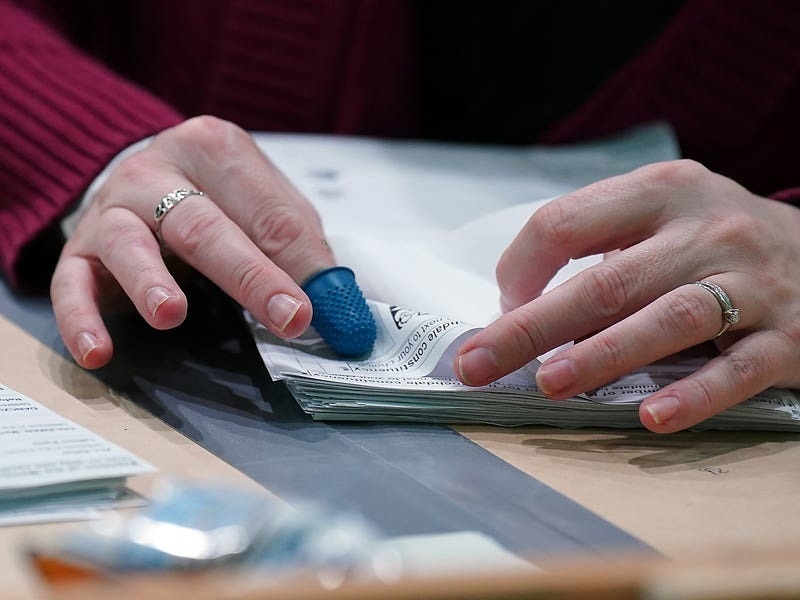SAVE Jersey’s Heritage has called for a range of alternative planning policies to prevent what it calls the ‘potential disaster’ of tall buildings in St Helier.
The group’s chairman, Advocate Christopher Scholefield, said that the release of parts of La Collette for residential use, the use of empty spaces above retail premises, and compulsory purchase of underused sites all constituted alternatives to the ruin, or sad compromise, of ‘pleasing areas or clusters of well-managed heritage buildings’.
Advocate Scholefield warned that the Island should be on its guard following the States’ adoption of an amendment to the Bridging Island Plan that made it easier to advance plans for tall buildings in St Helier.
He said: ‘I suspect the powers that be have concluded high-rise is the only solution to the housing crisis, but I cannot accept that.
‘There has to be another solution: releasing parts of La Collette for residential use, using empty spaces above retail premises, compulsory purchase of underused sites, finding space by reducing provision for commuter parking and a more creative approach to the south-west St Helier project all come to mind.’
‘Pleasing areas or clusters of well-managed heritage buildings will be ruined or at best sadly compromised if they have to exist in the shadow of an adjacent tower block or behind a wall of high-rise, cutting St Helier off from St Aubin’s Bay,’ he added.
The group’s comments follow its enthusiastic endorsement of revised plans for the Ann Street development advanced by Andium Homes, which SJH said ‘not only retain but enhance the atmosphere of this corner of St Helier’.
In a letter published in yesterday’s [Thursday] Jersey Evening Post, Advocate Scholefield described the new plans – which reuse key listed buildings, including the original brewery – as ‘a winning approach’.
Save Jersey’s Heritage point to the potential of existing historic buildings – like the Foote buildings in Pitt Street and the 1937 airport terminal building – to capture the public imagination because of the interest provided by design from earlier periods.
Mr Scholefield said that convincing place-making was much easier when heritage sites – with their built-in craftsmanship, costly materials and historic resonances – were repurposed in this way.
‘The “greenest” building is the one you already have,’ he said.






